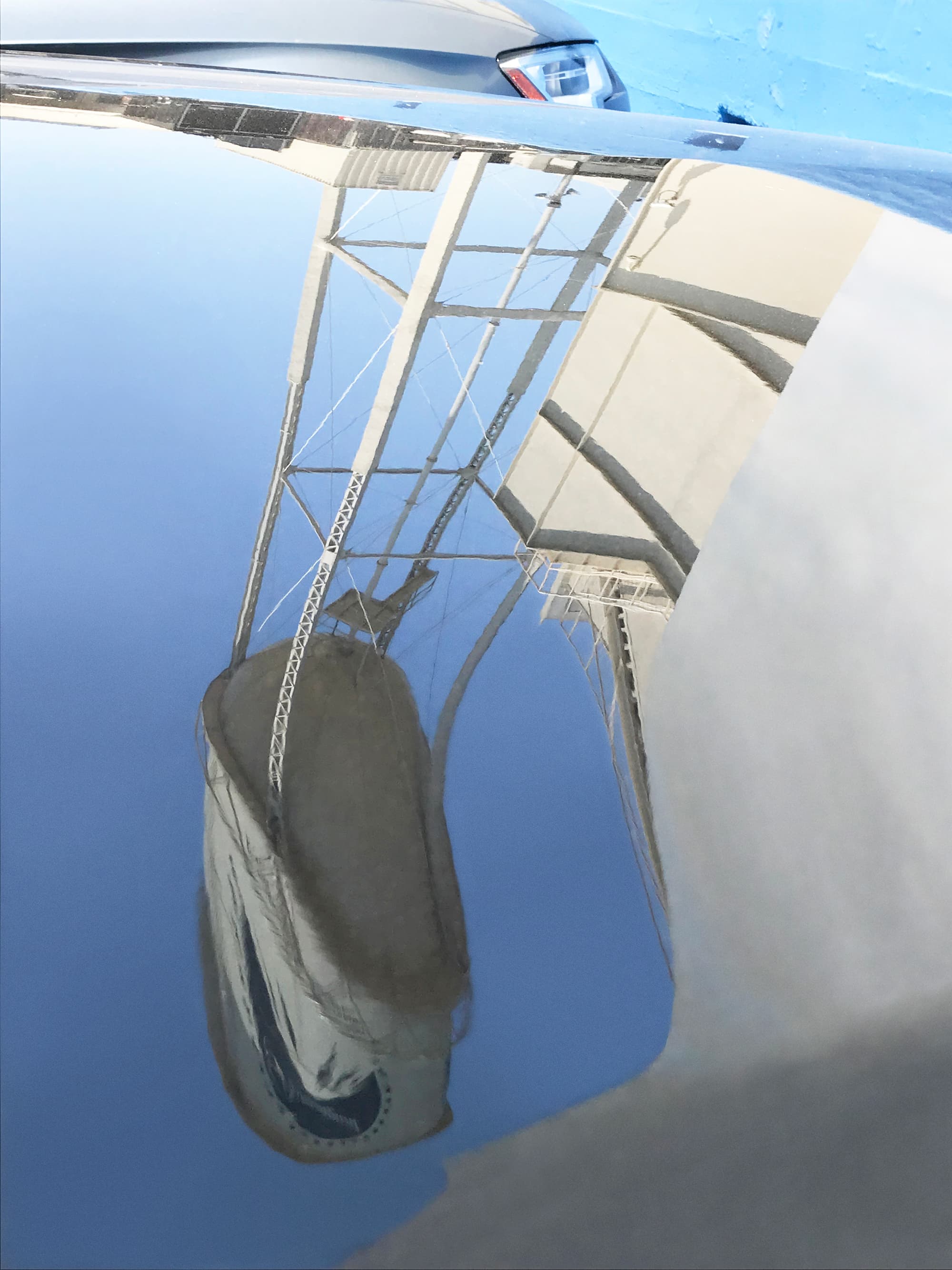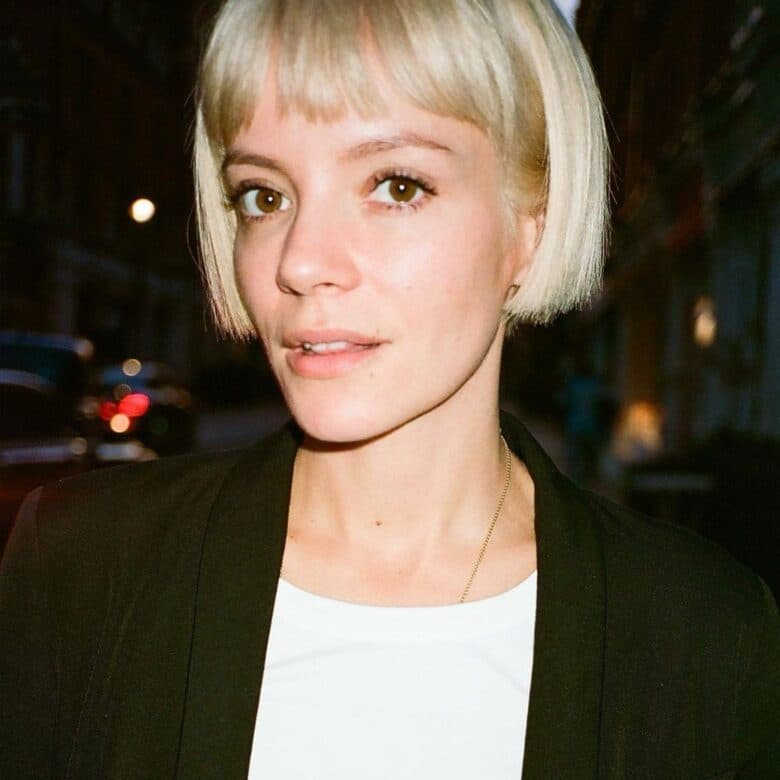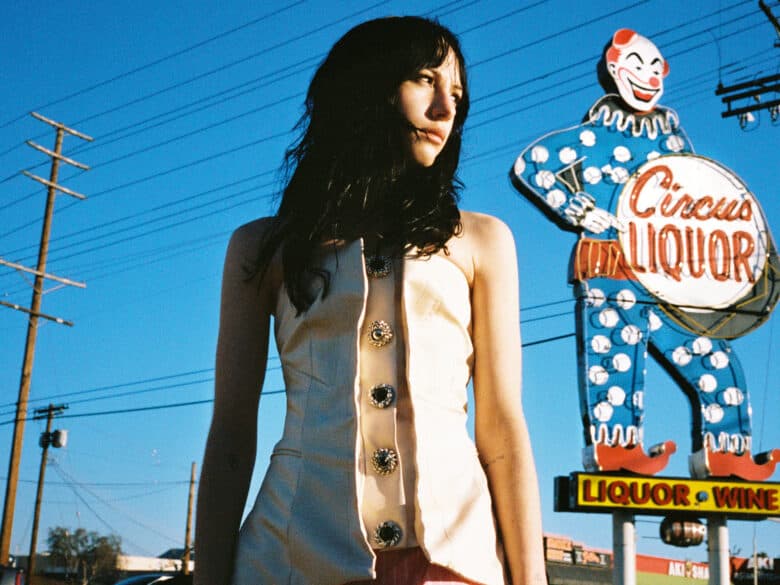Why the Los Angeles art scene is ready for the Frieze treatment
This week, Frieze opens its inaugural art fair in Hollywood, Los Angeles. For the past decade, New York has ruled supreme as North America’s leading art capital, however the city of dreams is giving this title a run for their money. With the re-shuffle in a few of their powerhouse institutions – such as Los Angeles County Museum of Art and The Broad – the past few years has seen the LA art scene accelerate at a rapid speed. Frieze’s gallery line-up is remarkable with a vast group of blue-chip galleries leading the numbers; Gagosian, David Zwirner and Hauser & Wirth are just a few of the big names presenting works. As well as the art fair itself, there are many other independent fairs going on throughout the city – Art Los Angeles Contemporary is a less commercial fair attracting the crowds and if he crowd is looking for something further afield, Desert X has a new land exhibit in the Coachella Valley. We caught up with the Curator and Executive Director of the fair Bettina Korek to tell us a bit about why the city is such an exciting place for contemporary art.
Why does it feel like the right time for Frieze Art Fair to launch in Los Angeles?
Art is increasingly present in the everyday lives of Angelenos. There’s a great general consciousness that this is a very exciting place to be for contemporary art. The Getty’s inaugural Pacific Standard Time in 2012 canonised the post-war art history of Los Angeles, both here and internationally. The 2017 follow-up, PST LA/LA, placed Latin American and Latinx art in dialogue with Los Angeles at 70 institutions. This initiative has done so much to crystallise awareness about how many great places there are to see art in L.A.—and encourage collaboration between them. People are ready for a moment like what Frieze catalyse to take place here.
Los Angeles has traditionally been more famed for the Hollywood industry and celebrity stereotypes – how do you think Frieze will legitimise the art scene in the city?
The inaugural edition of Frieze takes place the week between the Grammys and the Oscars, symbolically placing contemporary art on the calendar between music and film. L.A.’s art scene has always been on the map internationally—now it will have a place on the calendar as well, an annual moment that syncs up the city and draws a critical mass of activity and visitors.

How will Frieze LA differ from London or New York, in your opinion?
Frieze Los Angeles is informed by its context. L.A. is where people come to make the impossible possible. Paramount Pictures Studios is a city within a city where dreams are produced—and the historic backlot (where Frieze Projects and collaborations with local creative enterprises are set) is another city within that, which we have imagined public art at the centre of civic life. I try not to compare L.A. to other cities too much, but in terms of shape and scale, like L.A. itself, its art landscape is horizontal and huge. There are just so many different art communities, art worlds, whatever you want to call them. Some are overlapping, others feel worlds away from one another … this duality of proximity and distance makes L.A. especially ripe for creativity, and Frieze Los Angeles is a symbolic nucleus where everything comes together.
What was the process like it curating the programme, how did you decide on galleries and exhibits?
The galleries were invited by a selection committee of other dealers, and I like how in this first year the presentations organically have been focused on L.A. As Mike Davis wrote, L.A. is infinitely envisioned. L.A. is full of stories that can be told over and over—and they are!
In your opinion what are some of the most popular art movements in the city right now?
One is social practice, which is expanding the boundaries of how an artist can affect change in society. And another is creative enterprise, which is subverting the conventions of what it means to be an artist.
Being a California native and growing up in the city, how have you seen the art scene in Los Angeles develop in recent years?
Over the past ten years especially, the art scene in L.A. has seemed to find a new tempo, in terms of the weekly events, annual blockbusters and even new buildings and institutions opening.
Where do you hope to take Frieze Los Angeles in the future, what’s next?
I hope the inaugural Frieze Week is the foundation for something that will evolve into a city-wide, civic event. Art is for everyone, and there are infinite ways to see and support art, especially in L.A.

